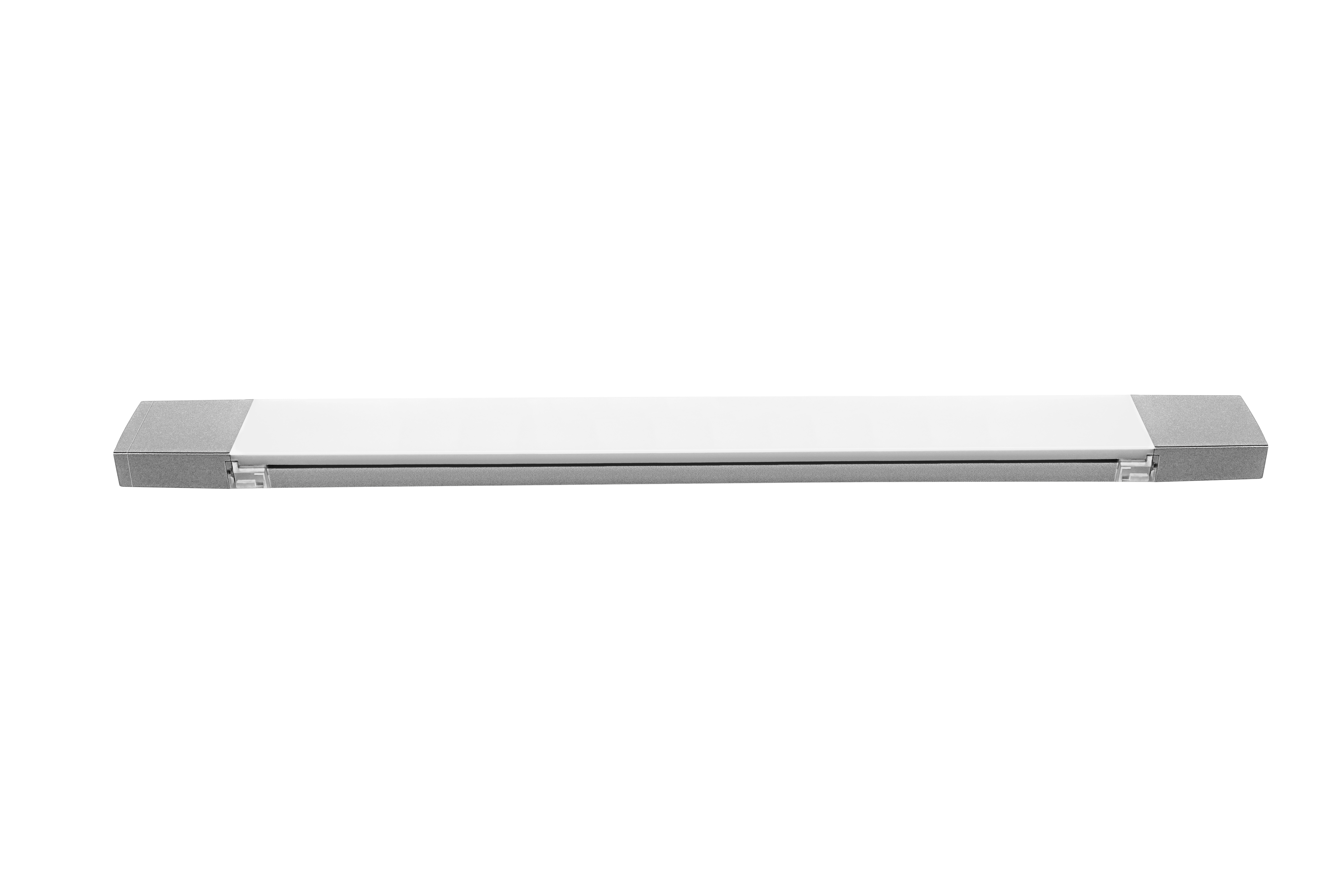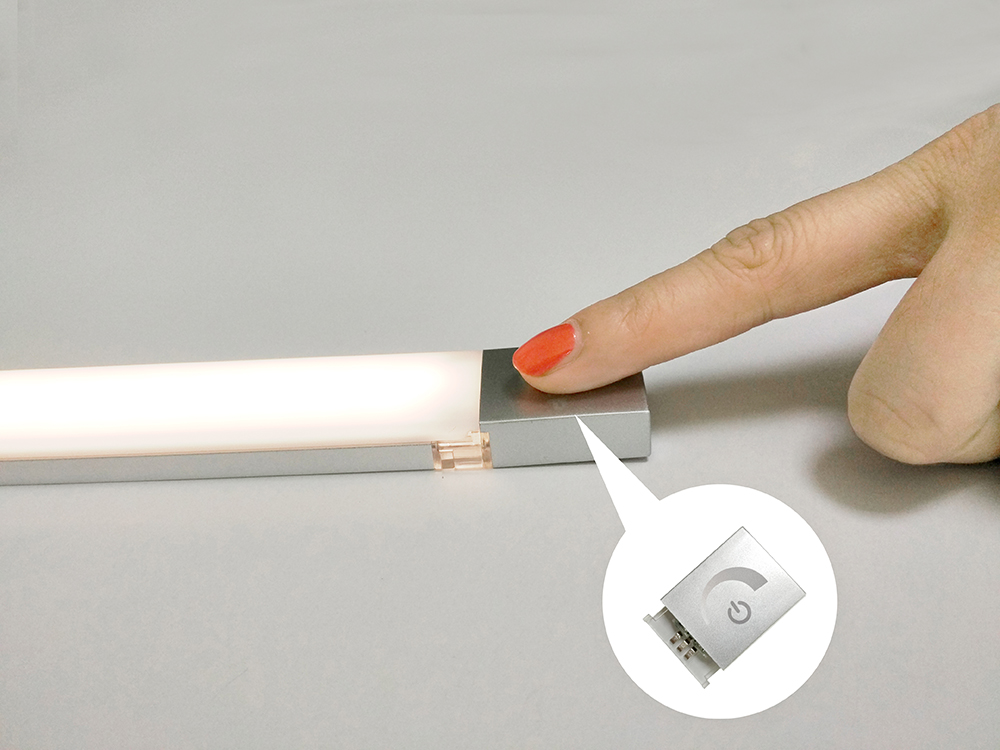The explosive growth of smart machines drives related industries
The touch-control industry has benefited from the latest report released by market research firm T ransparency Market Research of smartphones, showing that in 2011 global tablet sales volume was 67 million units, an increase of 276.5% from 17.8 million units in 2010, and it is expected to reach 2.49 in 2015 Billion Taiwan, the average annual compound growth rate will reach 38.8%. It is estimated that the sales volume of tablet computers in the Asia-Pacific region, including Japan, will account for 35.3% of the world by 2015. In 2011, the global tablet PC inventory has reached 81.2 million units. It is expected that this number will reach 389 million units by the end of 2015.
In terms of smart phones, global sales in 2011 were 469 million, an increase of 66.7% from 282 million in 2010. It is expected to reach 1.048 billion units in 2015, of which the Asia-Pacific region will account for 39.5%, and the average annual compound growth rate will reach 36.3%. In the fourth quarter of 2011, driven by the strong sales of Apple's iPhone 4S, which was approximately 36.1 million units, the global sales of smart phones exceeded the full year of 2008. GF Securities Research believes that the domestic mobile phone market has also ushered in the wave of smart machines in the backdrop of entering the smart era. According to statistics, Huawei shipped 20 million smart phones in 2011, and 12 million smart phone shipments from ZTE (microblogging), which all increased by more than 500% year-on-year.
“Undoubtedly, the smart phone business will become a key development direction for the two companies in the next few years.†The Sanofi market research organization predicts that the total sales volume in the domestic market will jump to 164 million units this year, and will continue to double on the basis of 2011. The low-end smart phones will account for 84% of domestic smart phones. On the other hand, ZTE Corporation, which represents the enterprise, has set the number of new smartphone shipments to 25 million. Huawei also announced the annual sales target of 60 million smart terminals at the terminal ordering conference.
This new round of smartphone market growth led by mainland Chinese companies is also seen by Taiwanese practitioners. Taiwan media reported recently that with the launch of several smart phones, Huawei, ZTE, and Lenovo, the three major smart phone brands, have seen a surge in market shipments. This view holds that this trend will first benefit the upstream touch-control industry. In this respect, Taiwanese companies have always had traditional advantages, but they are currently catching up with related companies in mainland China.
GF Securities Research also positioned the first beneficiaries of smart terminal growth in the touch industry.
Luzhou has the strength to replace Taiwanese manufacturers. "We believe that the mainland touch industry has achieved a good start: On the one hand, the volume growth of home-made low-end smart phones represented by Huawei ZTE has guaranteed to some extent; On the other hand, the maturation and expansion of the mainland touch industry has started and accelerated the replacement of Taiwan's leading manufacturers by the local touch industry's leading manufacturers in the domestic smart terminal supply chain. Purchasing localization has become a trend. The growth of the mainland touch industry has thus been achieved. Strong support.†However, the research report mentioned the same, but with the arrival of a significant release period of production capacity, the industry competition will become fiercer again in the second half of the year.
In particular, the report uses ZTE’s examples of touch component procurement since last year to illustrate the development opportunities of the mainland touch industry. "Before many mainland manufacturers' touch-control modules were put into operation in 2011, most of ZTE's suppliers were from Taiwanese manufacturers such as TPK, Wintek, and Maktoh Optoelectronics, etc. The mainland touch-controlled leader, Leybold Tech, indirectly supplied Apple with tight production capacity. The international limited touch production capacity was covered by Huawei, but with the gradual release of production capacity from the mainland touch-control factory, companies including Ultrasonic Electronics, Yushun Electronics, Lai Bao Gaoke, Shen Tian Ma and O Feiguang began to enter the ZTE supply system. It is said that the current mainland touch-control module has been able to "stand alone" and replace Taiwan's similar products. The bottleneck is only in productivity.
This situation has eased since the second half of last year, mainly because the production capacity of the touch-control module manufacturers in major continents began to enter the payback period. According to the report, as the power of domestic brands in consumer electronics terminals continues to increase, the mainland touch industry, which is matched with them, is gradually maturing. With the reduction of the overall cost of touch control, there is an acceleration of domestic substitution. "Since the fourth quarter of last year, a large number of domestic terminal manufacturers have turned to mainland touch-control makers, and touch modules have experienced supply shortages. The share of mainland touch-control makers is also steadily increasing."
Hidden in hiding behind hidden concerns Given the rapid rise of competitors in Mainland China, Taiwan’s electronics industry research institutes also raised concerns about the future development of local companies. There are even opinions that the mainland touch panel makers are still mainly suppliers of mainland terminals, but some of them have started earlier and have higher technical standards. They have successfully entered the supply chains of major international brands (represented by Apple). Among them, glass-based touch sensors are mainly used.
Bai Dongyi, an analyst at e-industry consulting firm Chuyun Consulting in China, also agreed with this view. He believes that these Chinese companies with relatively high technological quality are not only developing rapidly in the mainland market, but also are scrambling for overseas brands of Taiwanese manufacturers. Order. This part of the order, especially from Apple, itself endorsed as a brand, allowing more downstream manufacturers and brands to focus on the Chinese mainland touch module manufacturers.
However, this does not mean that mainland touch-control module companies can already stand at the same height as companies in Taiwan, Japan and South Korea. It still has the problem that the core technology is relatively backward. The core competitiveness of the company is similar to that of MediaTek's chips and ZTE's mobile phones, and it is based on high cost performance.
Bai Dongyi believes that at present, mainland companies frequently obtain large orders thanks to the market demand in blowouts. In other words, as long as the quality is qualified, how much of the goods will be paid by the company. Under such circumstances, it is not easy to reflect the technological gap between domestic companies and Taiwan, Japan and South Korea companies. If mainland companies at this time put too much time, energy and resources on capacity expansion, it will inevitably reduce investment in research and development, which is not conducive to long-term development. Especially after the bottleneck of future market demand arises, there may be excess capacity issues. GF Securities Research also pointed out that while the mainland touch industry is “going ahead,†it should consider the risks behind the “lower-than-expected industry climate,†“slip on touch product margins,†and the “technical routeâ€.
We supply 12V/24V DC classIII protection Led Bar Light. Led Under Cabinet Bar Light with touch dimming on/off switch built-in, invisible LED chip. LED Light Bar is surface mounted, it`s very convinient to install by screws or magnet mount. Length can be customized.
Description of LED Bar Light
Item: LED under cabinet bar light
Size:flexible, customized
Voltage:12V/24V
Power: 6W/10W/12W
Efficiency: 75Lm/W
CRI:80+
Certifications:CE
Warranty:3 years
MOQ: 500pcs
Lifetime: 5000+hours

 FAQ:
FAQ:
Q1. How do you ship the goods and how long does it take to arrive?
A: We usually ship by DHL, UPS, FedEx or TNT. It usually takes 3-5 days to arrive. Airline and sea shipping also optional.
Q2. How to proceed an order for led light?
A: Firstly let us know your requirements or application.
Secondly We quote according to your requirements or our suggestions.
Thirdly customer confirms the samples and places deposit for formal order.
Fourthly We arrange the production.
Q3. Is it OK to print my logo on led light product?
A: Yes. Please inform us formally before our production and confirm the design firstly based on our sample.
Q4: Do you offer guarantee for the products?
A: Yes, we offer 2-5 years warranty to our products.
LED Bar Light
Led Bar Light,Aluminum Extrusion Bar Light,Cupboard Down Light,Bar Light
Shenzhen Jedver Smart Lighting Co., Ltd. , https://www.jederwell.com